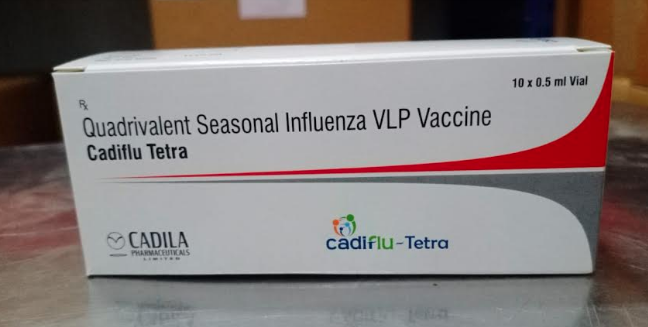Graphene-based sensor for improving asthma
22 May 2017 | News
The miniaturized electrochemical sensor accurately measures nitrite in exhaled breath condensate using reduced graphene oxide.

Rutgers University-New Brunswick scientists have created a graphene-based sensor that could lead to earlier detection of looming asthma attacks and improve the management of asthma and other respiratory diseases, preventing hospitalizations and deaths.
Asthma, which causes inflammation of the airway and obstructs air flow, affects about 300 million people worldwide. About 17.7 million adults and 6.3 million children in the United States were diagnosed with asthma in 2014.
Today's non-invasive methods for diagnosing and monitoring asthma are limited in characterizing the nature and degree of airway inflammation, and require costly, bulky equipment that patients cannot easily keep with them.
Measuring biomarkers in exhaled breath condensate - tiny liquid droplets discharged during breathing - can contribute to understanding asthma at the molecular level and lead to targeted treatment and better disease management.
The miniaturized electrochemical sensor accurately measures nitrite in exhaled breath condensate using reduced graphene oxide. Nitrite level in breath condensate is a promising biomarker for inflammation in the respiratory tract.
The next step is to develop a portable, wearable system, which could be commercially available within five years. The researchers also envision expanding the number of inflammation biomarkers a device could detect and measure.

















